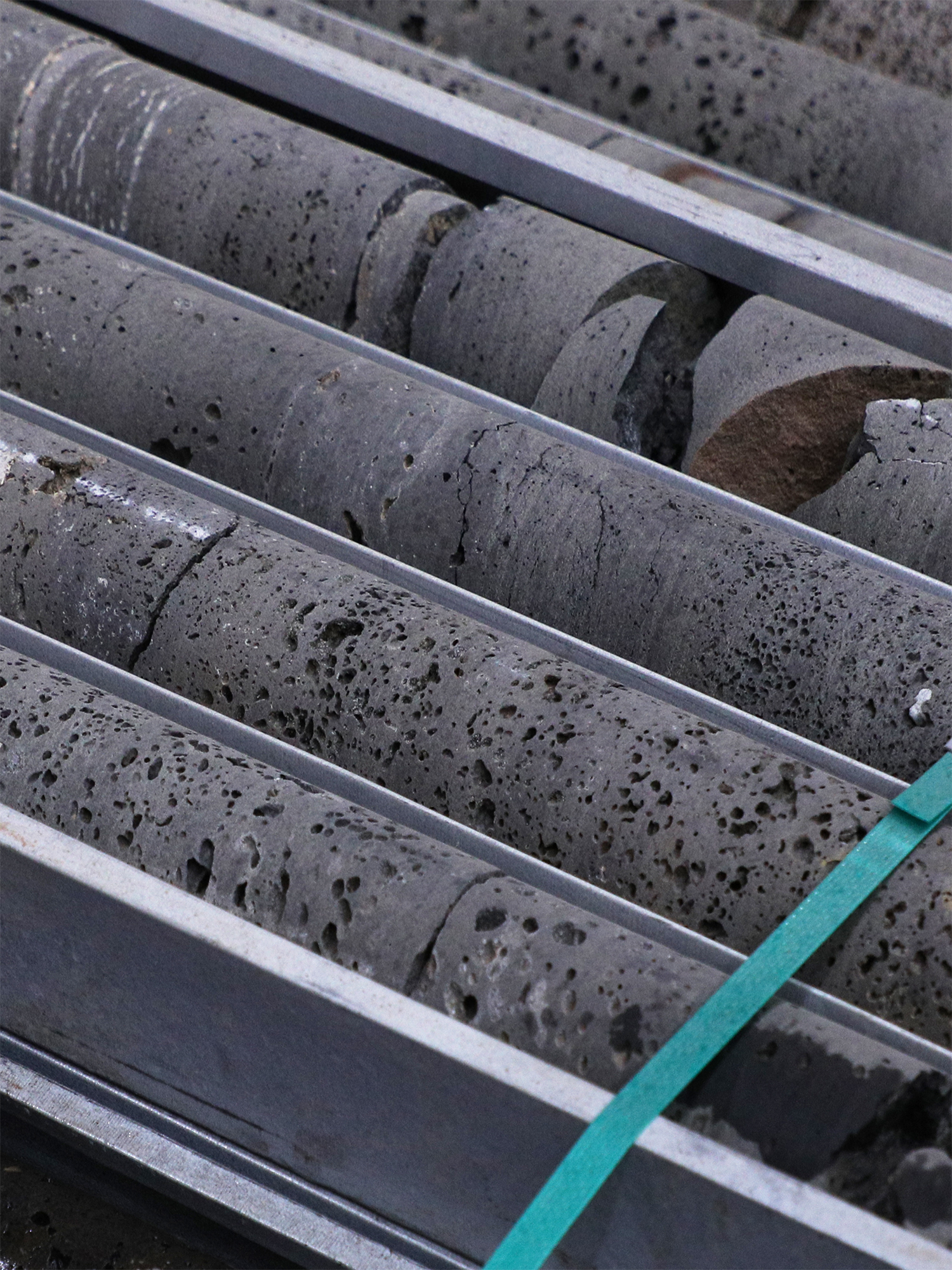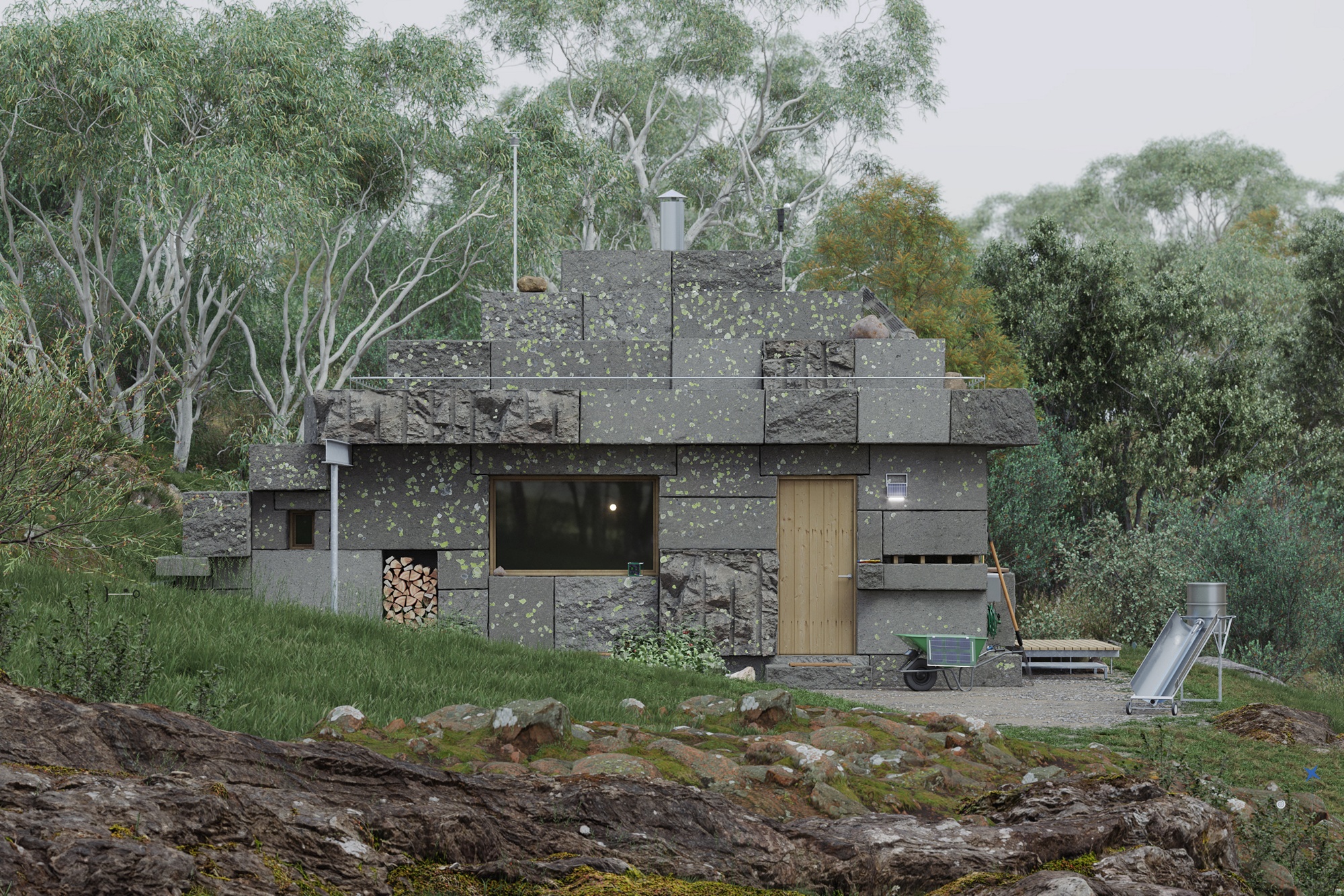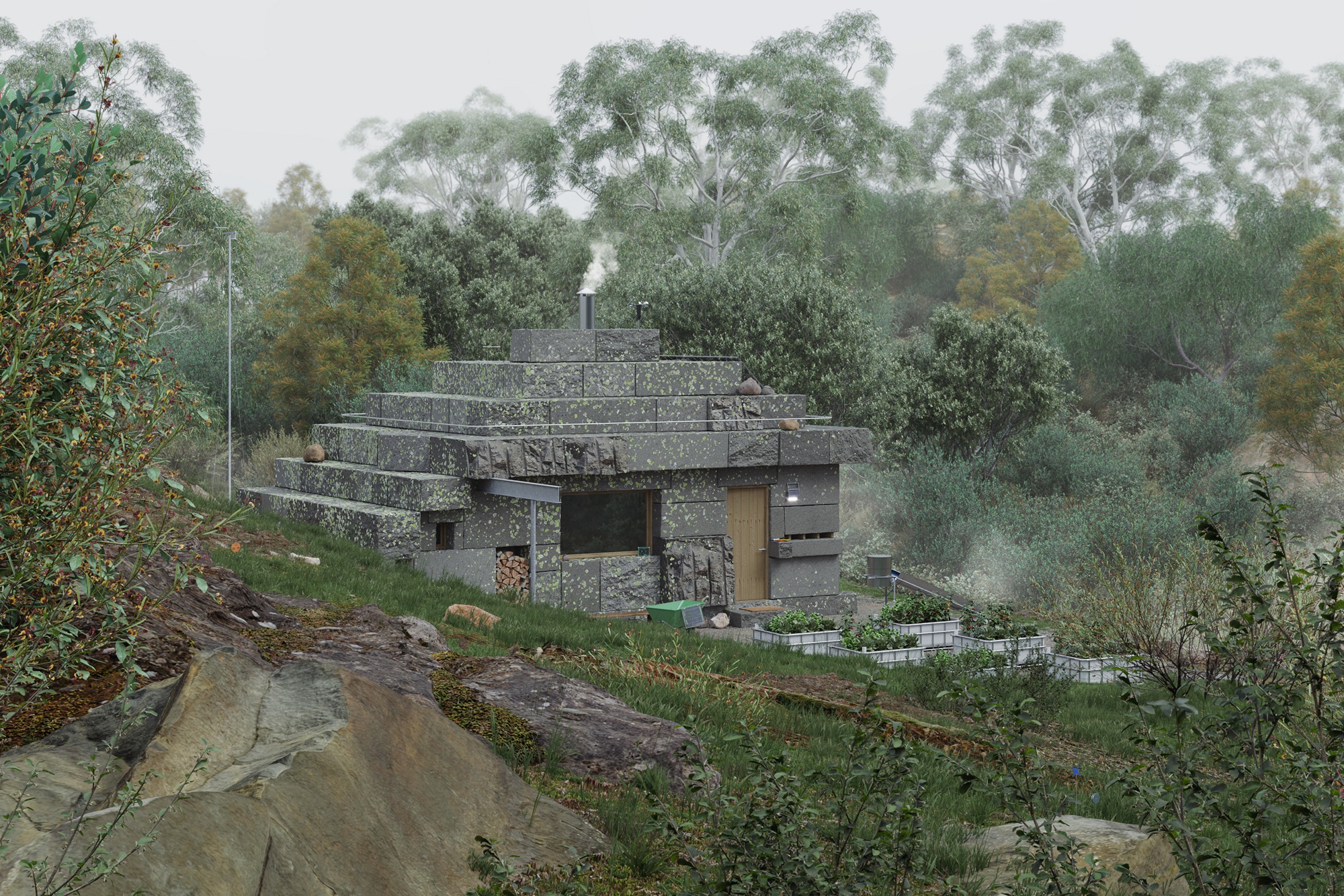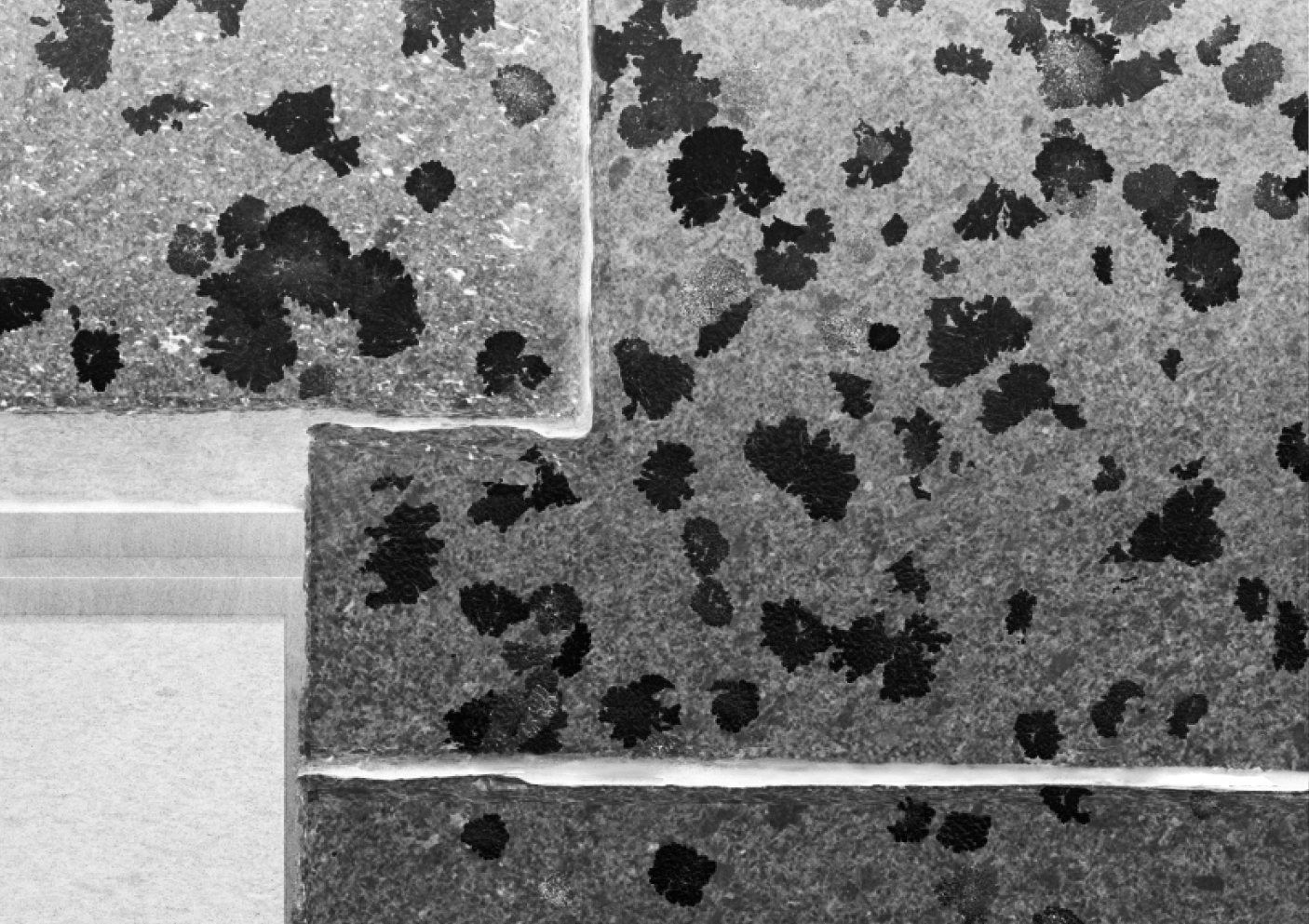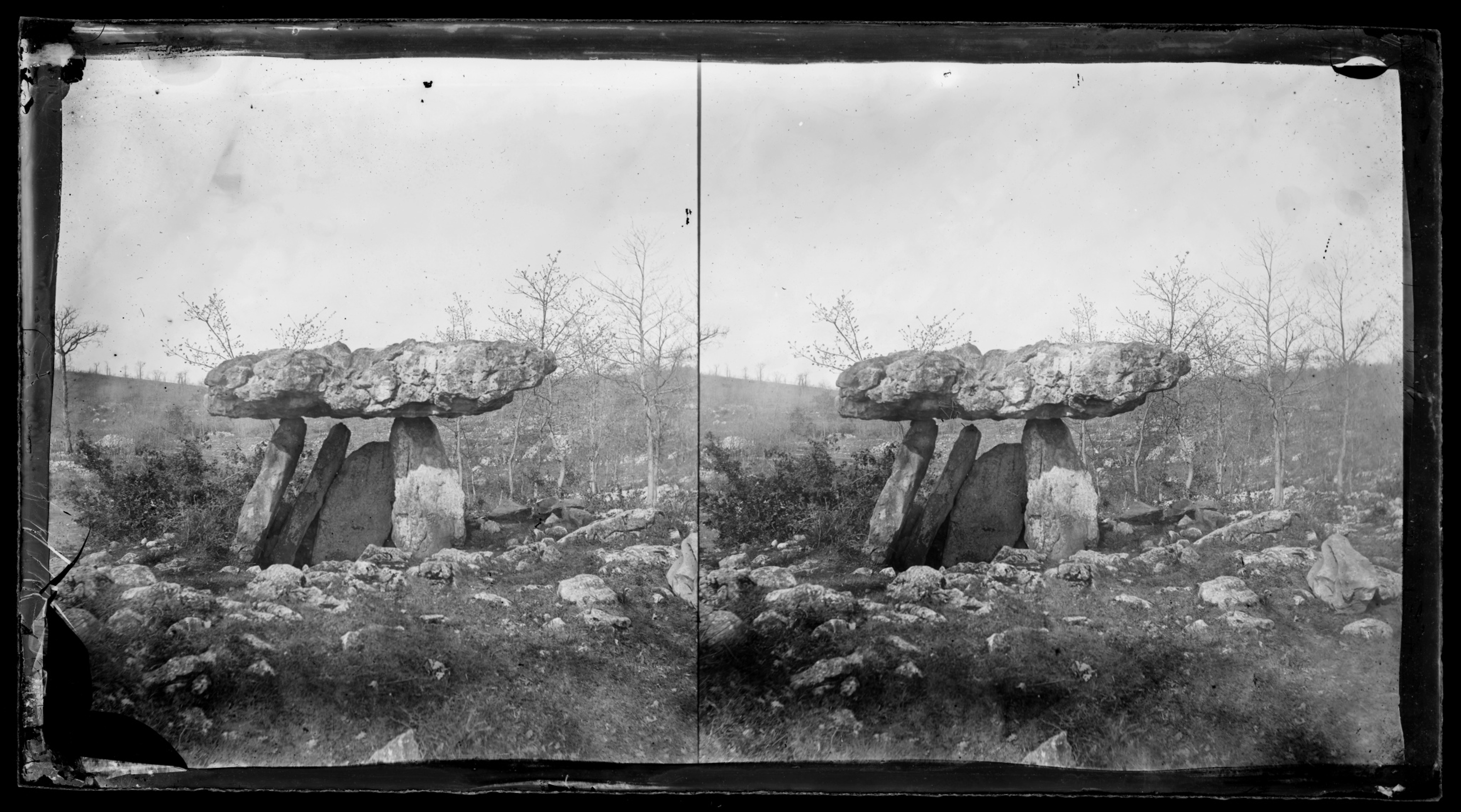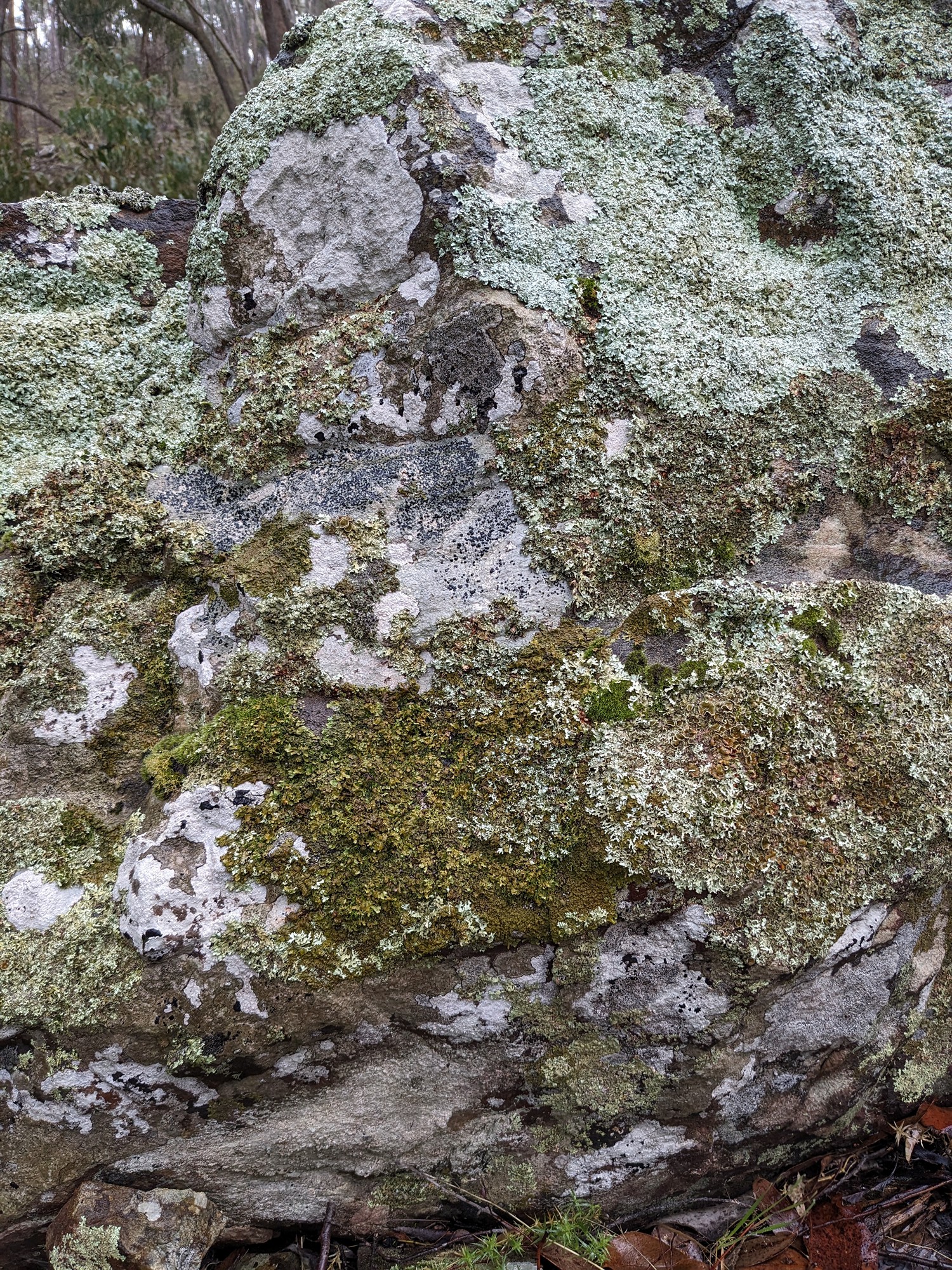House for Lichen
Rural Victoria
2024


A house for Lichen is intended as a ‘house’ in service of lichen. The conditions for lichen to thrive are the principle basis for the architecture, which then humans may be able to cohabit. If architecture - and by extension the urban environment - is capable of cultivating lichens, this signifies a healthy ecosystem for human and non-human alike.
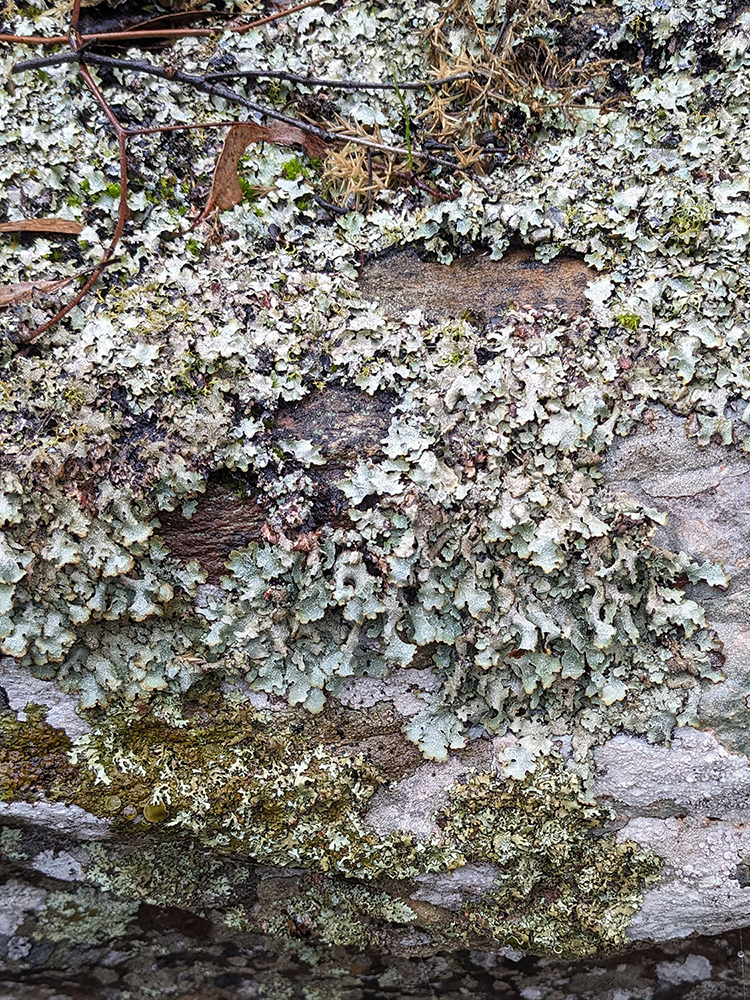







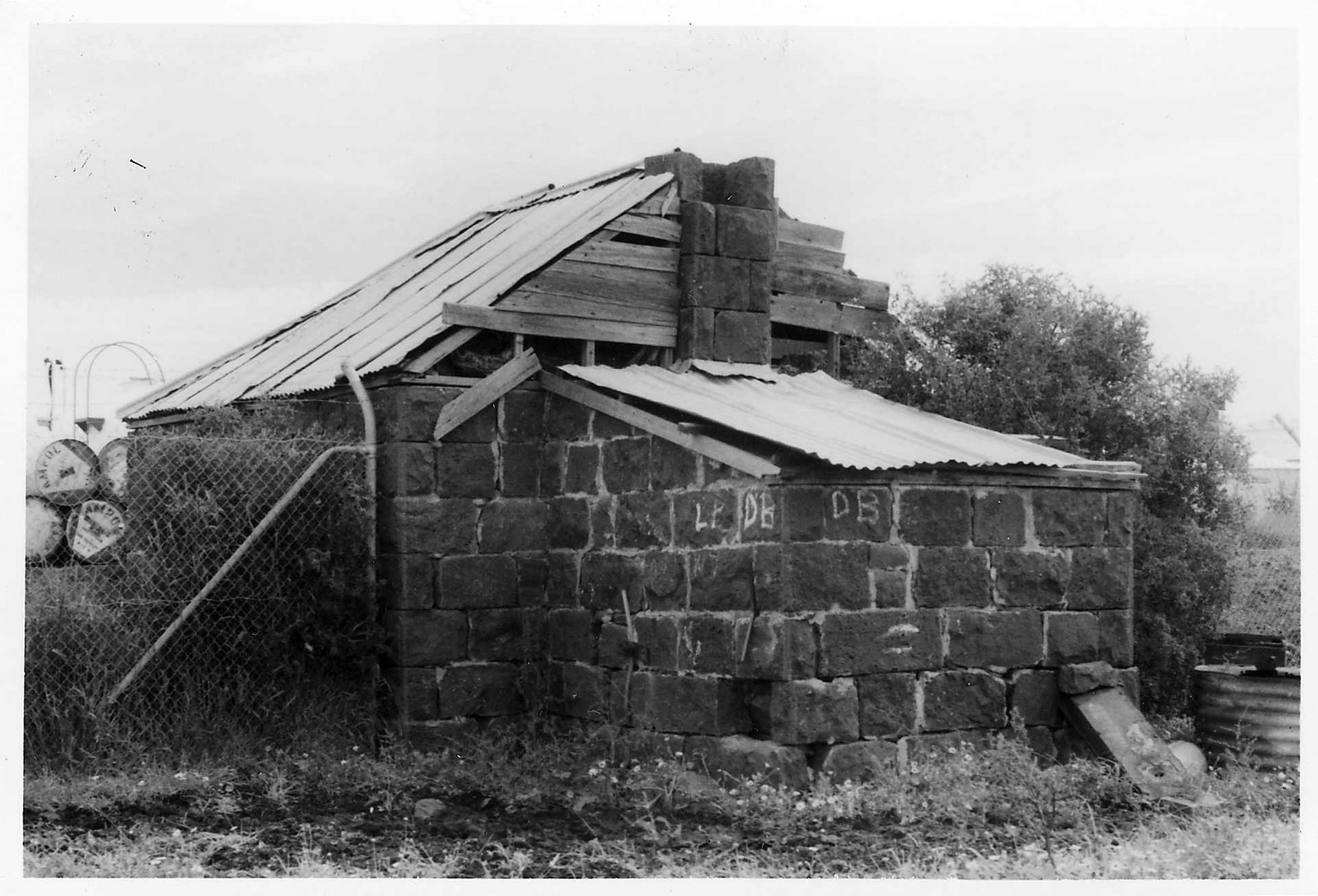
The house acts as a rudimentary bothy, recalling proto-architectural forms like dolmens, megalithic structures built primarily as tombs or burial chambers dating back to the Neolithic period. Its mass is formed from disused basalt blocks, remnants of Melbourne’s civil infrastructure works, the same material that defines the retaining wall at the Royal Exhibition Gardens. Mined from the Newer Volcanics Province of Western Victoria — a vast basalt plain created by lava flows which began 7 million years ago and blanketed much of Victoria’s west in lava flows, which formed extensive basalt plains. Slowly over time these plains produce the magnesium and iron rich soils upon which our agricultural industry relies.

- Gutter
- Water trough
- Productive garden
- Solar panel
- Mister
- Solar oven
- Wind speed sensor
- Outdoor kitchen
- Weather station
Lichens grow at a glacial pace, typically growing from 0.1 to 15 millimeters per year, depending on the environmental conditions. They also, over long periods — think 50 to 1,000+ years — can visibly etch and pit rock surfaces through a combination of physical and chemical processes. This gradual breakdown contributes to the first stages of soil formation paving the way for ecological succession. Though subtle and almost imperceptible in the short term, the cumulative effect of this activity helps to shape landscapes over geological timescales.

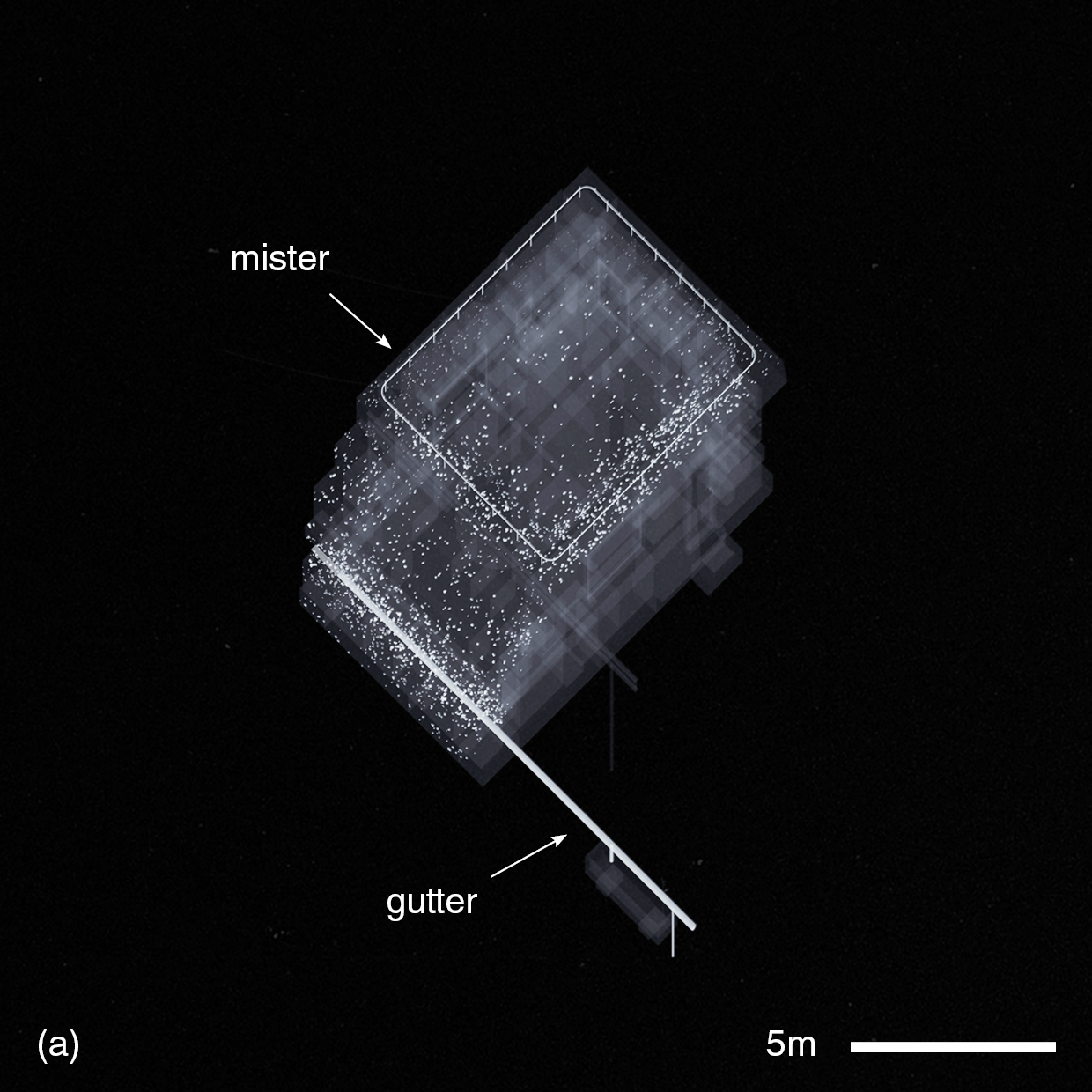
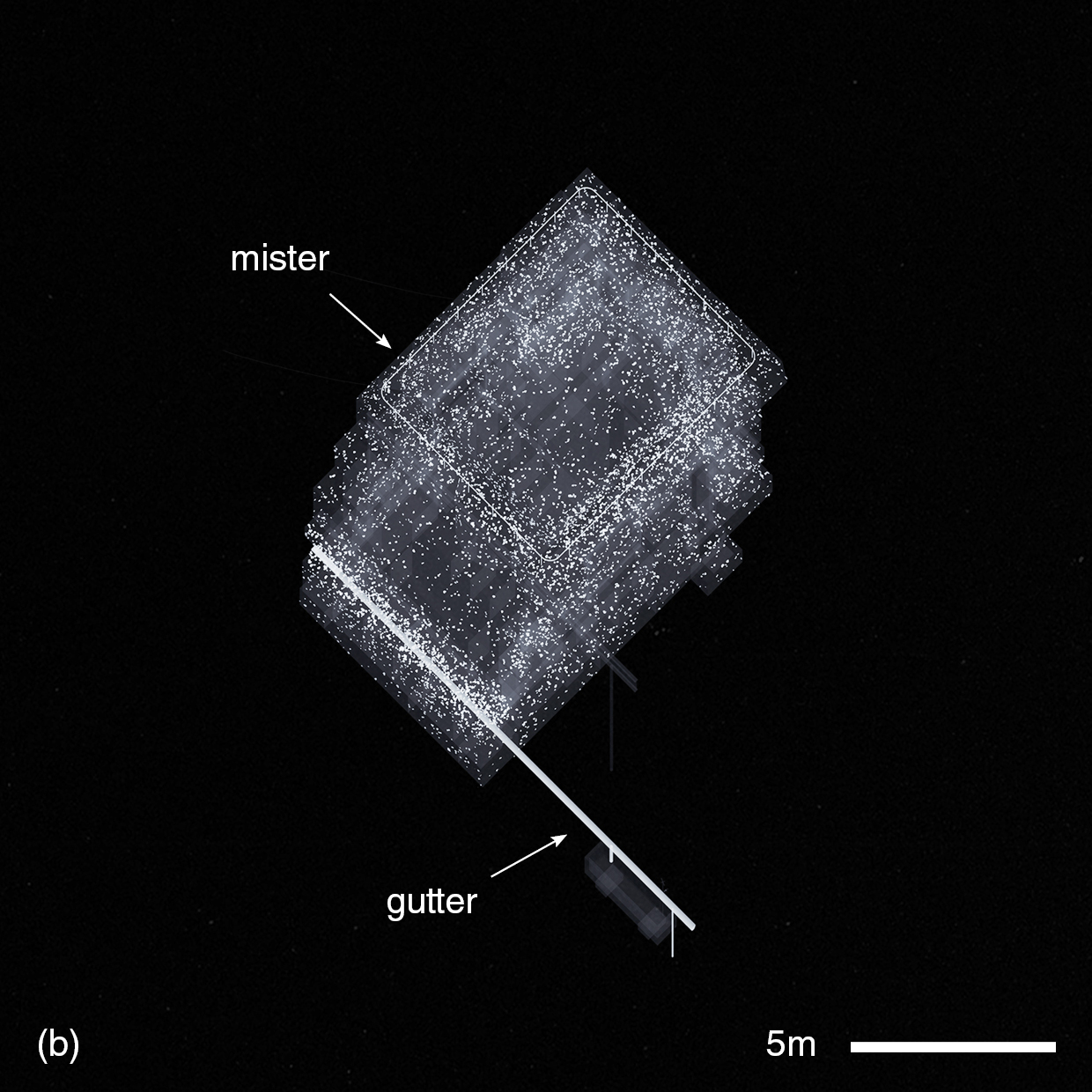
An environmental sensor attached to the top of the house logs temperature, pollution, humidity, and air quality, to monitor conditions relative to lichen growth. A misting system circulates humidity along the parapet to optimise an ideal microclimate. In doing so the house also becomes a site for a long view, where lichen growth registers environmental history, not in real time, but accumulated over seasons and decades. As the lichens etch and pit the surface of the bluestone — over centuries — they perform the quiet, geological work of breakdown and renewal. Through deep time, the structure will be gradually reclaimed and folded back into the landscape it once observed.



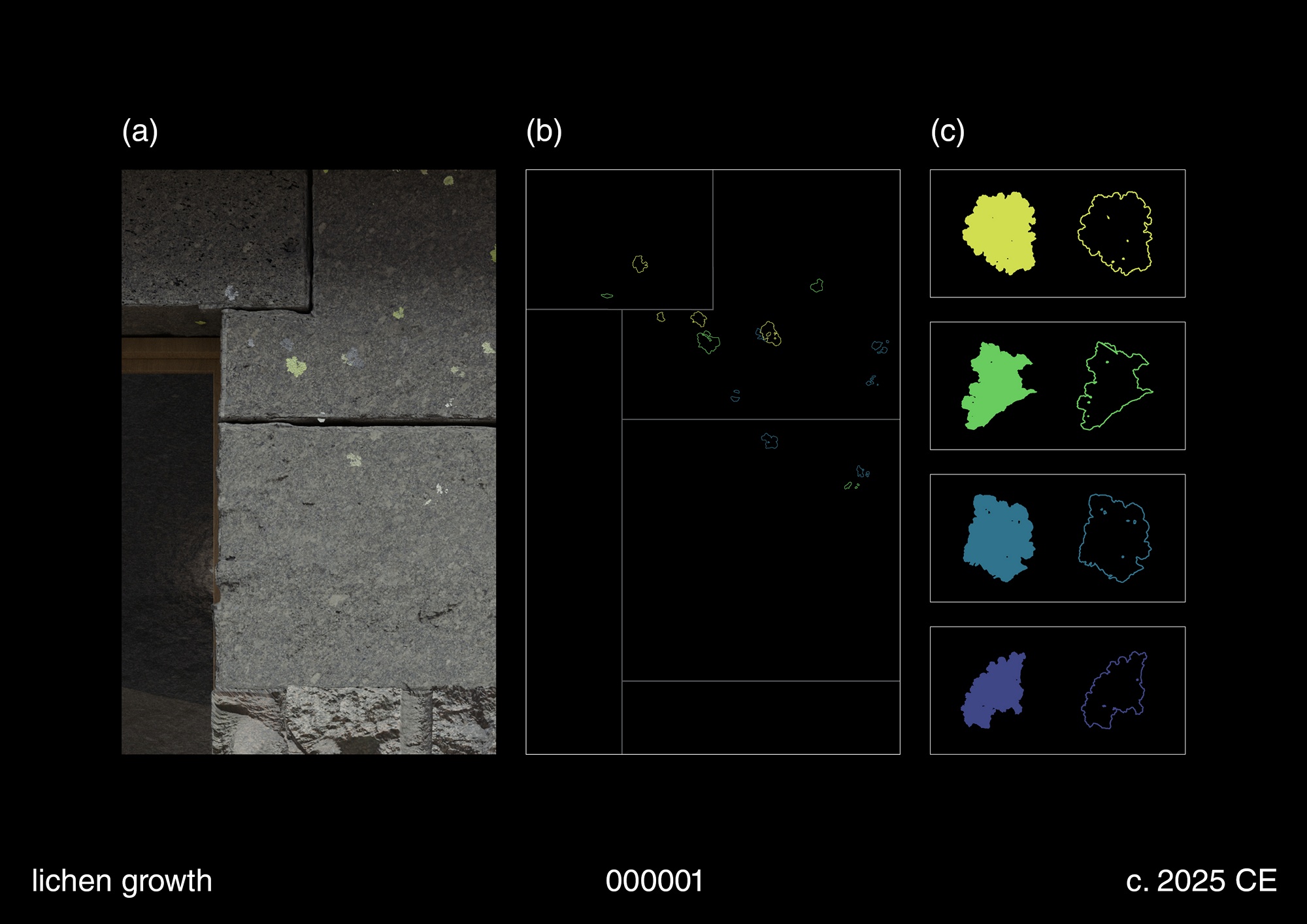


This project started a couple of years ago, while walking through the former Spring Gully Junction Mine in Chewton, when we were struck by how the remnant dry-stacked stone structures were overgrown with lichen. The former gold and quartz mines erupted in the 1850’s on Dja Dja Wurrung Country, with mining activity mostly ceasing by the early 20th century. During this tumultuous period, the entire gully was upended in the search for gold amongst the sandstone, quartz reefs, and shallow alluvial deposits. It’s hard to think a landscape could recover from this type of upheaval, and in the 100 or so years since mining operations stopped, it still wears the scars of this period, but the traces continue to fade under the gradual regrowth of plant life.

What made this particularly interesting was the diverse ecosystem of different lichen covering the surface of every exposed rock, signifying rejuvenation and symbiosis. Lichens are natural environmental sensors — acting as excellent bioindicators of air quality and environmental health. In a healthy or ‘clean’ environment, you'll find a wide diversity of lichens. Being particularly susceptible to poor air quality, heavy metal deposits and low moisture levels - in polluted areas only a few hardy types may survive, or none at all. Since lichens absorb everything directly from the air, pollutants like sulfur dioxide and nitrogen oxides from car exhausts, mechanical systems and industrial activity are toxic to lichen. This along with low humidity, high temperatures (further induced by urban heat island effect) and less stable moisture levels mean lichens don’t often survive in urban areas. When returning to the city from our journey through a lichen-rich landscape, we struggled to find a single lichen until we stumbled upon the heavy basalt retaining wall surrounding the Royal Exhibition Gardens in Carlton. The combination of basalt’s mineral-rich surface, consistent moisture, and a buffer from urban pollution provided by the adjoining park had created one of the few thriving lichen cultures in the city.

